How to keep weeds out of flower beds – clever ways to reduce garden labor
Make tending the yard less hard work with the experts’ recommendations on keeping weeds out of beds and borders
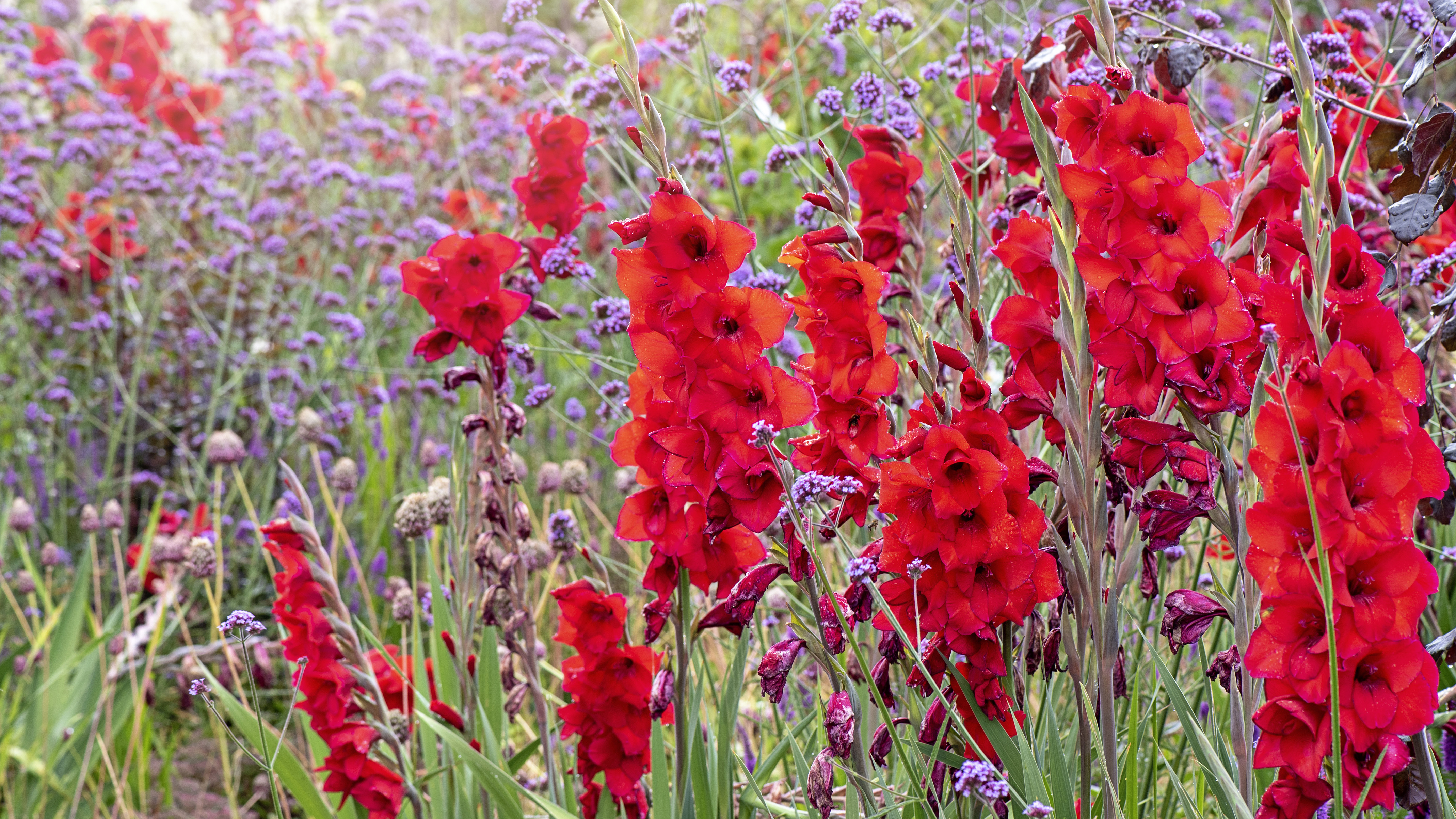

For any gardener, there’s a whole lot of time to be saved by keeping weeds out of flower beds. And it’s time that could be spent on more pleasurable tasks like putting in and tending desirable plants.
Getting rid of weeds effectively will prevent them from reappearing as well as spreading, but there are measures that will keep them out of beds, borders, and the veggie garden in the first place. This way, the unwanted plants won’t get the chance to take resources away from the flowers, shrubs, and fruit and vegetables you’re nurturing.
We asked gardening experts to share the secrets of keeping weeds away from the yard for beautiful flower beds and borders, and this is what they told us.
5 ways to keep weeds out of flower beds from the pros
Make weeding mistakes and the plants you don’t want in your backyard can spread with amazing speed. What’s more, you’ll need to be aware of the techniques that mean you kill weeds and not plants. Preferable, therefore, is to repel weeds so they don’t take hold and these are the top ways to keep them out of flower beds.
1. Use mulch
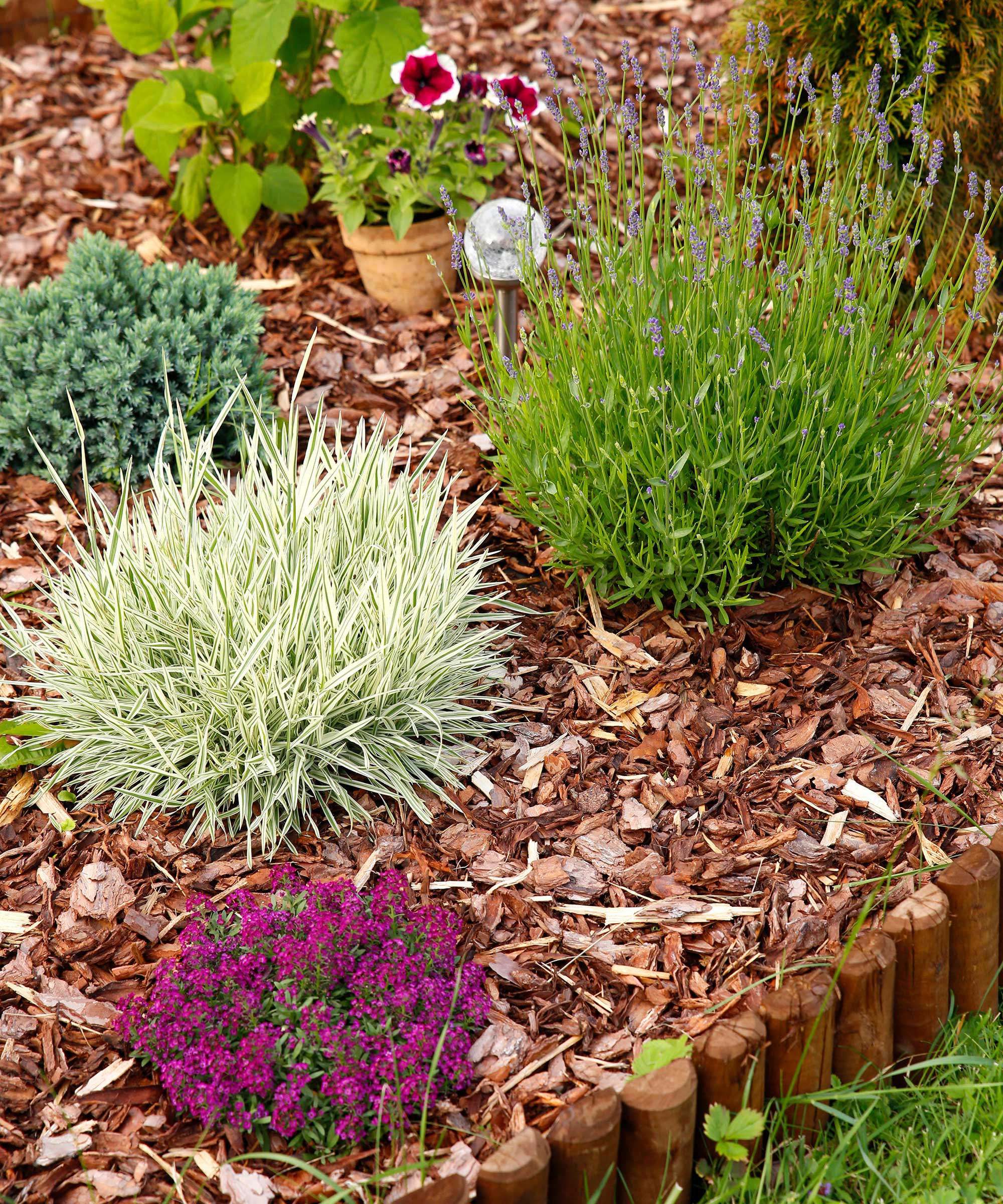
Mulch can help stop weeds from thriving in flowerbeds. ‘Most weed seeds germinate after exposure to sunlight, so blocking it out has a significant effect,’ says Amateur Gardening expert Steve Bradley.
‘Organic mulches, such as bark or garden compost, need to be 3 to 4 inches deep to block out the natural light. Synthetic mulches, such as polythene sheeting or closely-woven fabric, work well but are not visually attractive. You can cover these with bark, gravel, or stone chippings to improve the appearance. On their own, they do not form a complete barrier and weeds can push through.
‘When using any type of mulch, the most effective method of suppressing weeds is to install the mulch first and then plant through it.’

Steve has written (or co-written) over 40 practical gardening books. He has been Gardening Correspondent for The Sun newspaper since 2002, answering hundreds of readers’ letters every year. He also has a weekly column in Amateur Gardening magazine.
2. Plant generously
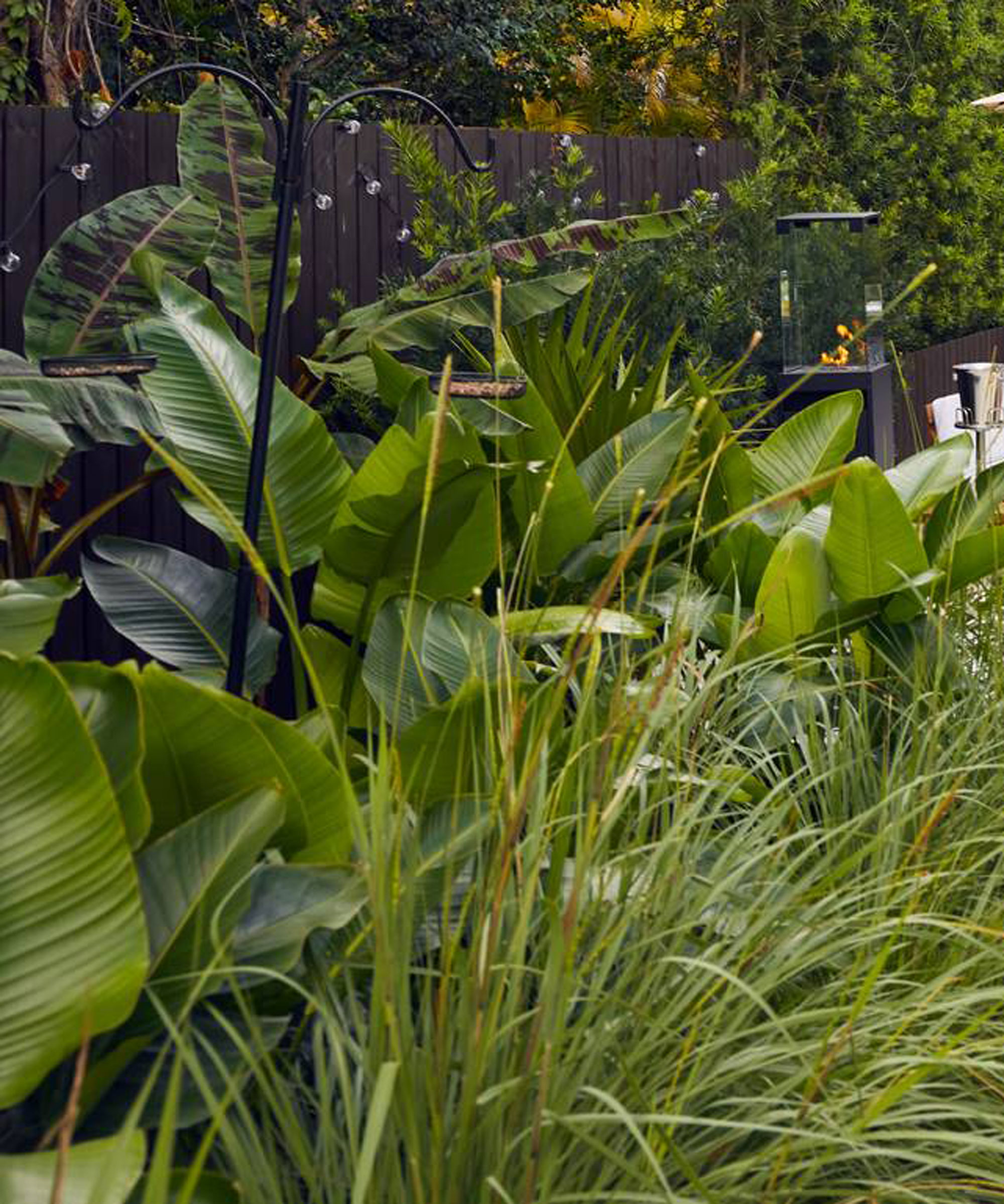
Stop weeds from invading by maximizing the desirable plants in a flowerbed. ‘When a large number of plants and flowers are planted in a bed, they create a dense canopy that shades the soil and limits sunlight exposure to potential weeds,’ explains Susan Brandt, co-founder of Blooming Secrets.
‘This reduced light prevents weeds from germinating and taking root. Plants and flowers often have extensive root systems that compete with weeds for nutrients and water. As the flowers grow and their roots spread out, they effectively crowd out any weed growth by depriving them of the essential nutrients they need.’
3. Prepare before planting
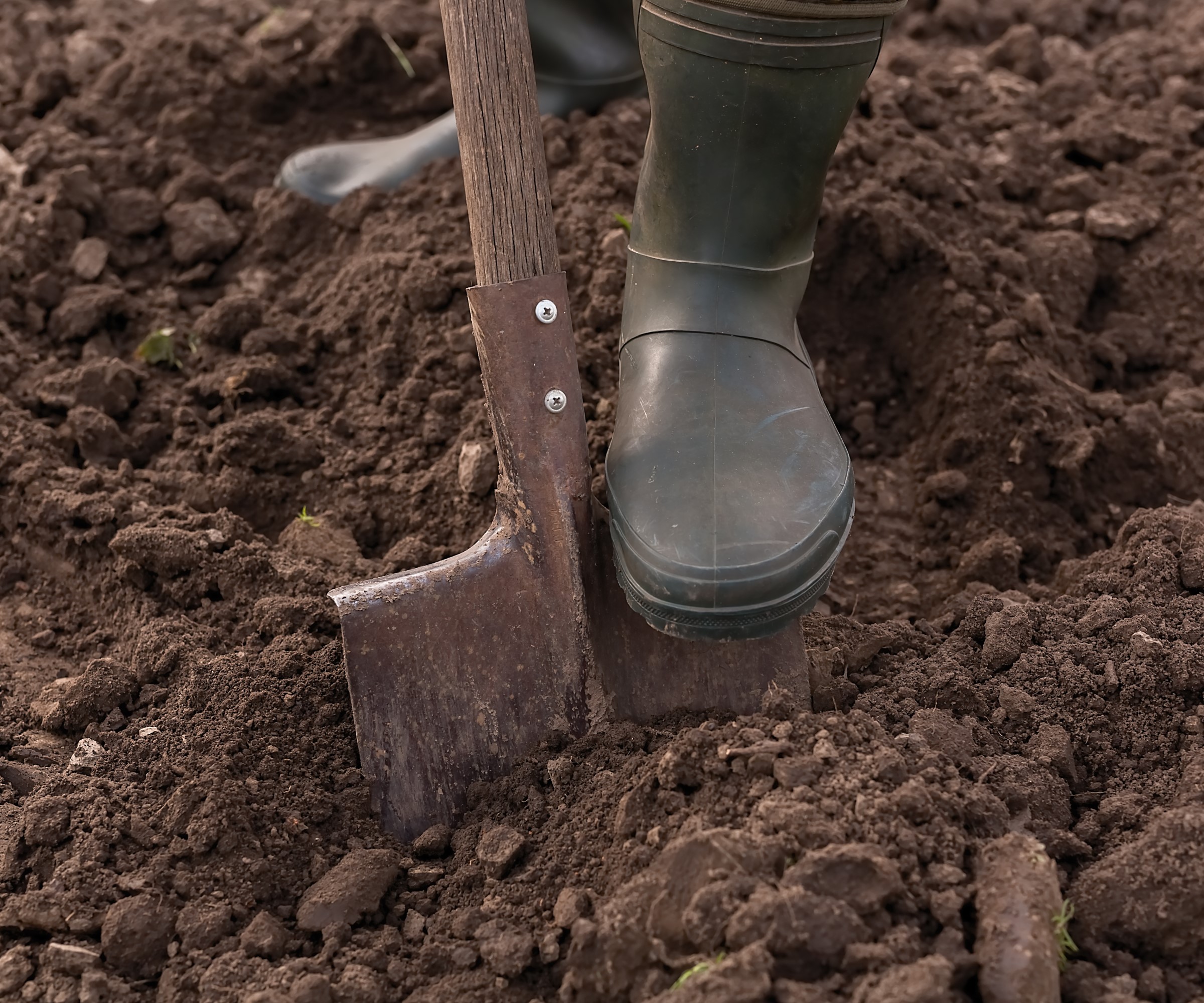
To keep weeds at bay, if you need to dig over a bed, do so in good time. Garden soil can contain thousands of weed seeds per square foot and ‘the deeper you dig the more weed seeds are exposed to sunlight’, explains Steve Bradley.
The takeaway? ‘If soil is to be dug over before planting, the best approach is to dig over the area well in advance of planting to encourage weed seeds to germinate and grow, so they can be dealt with before planting begins,’ Steve recommends.
4. Get watering right
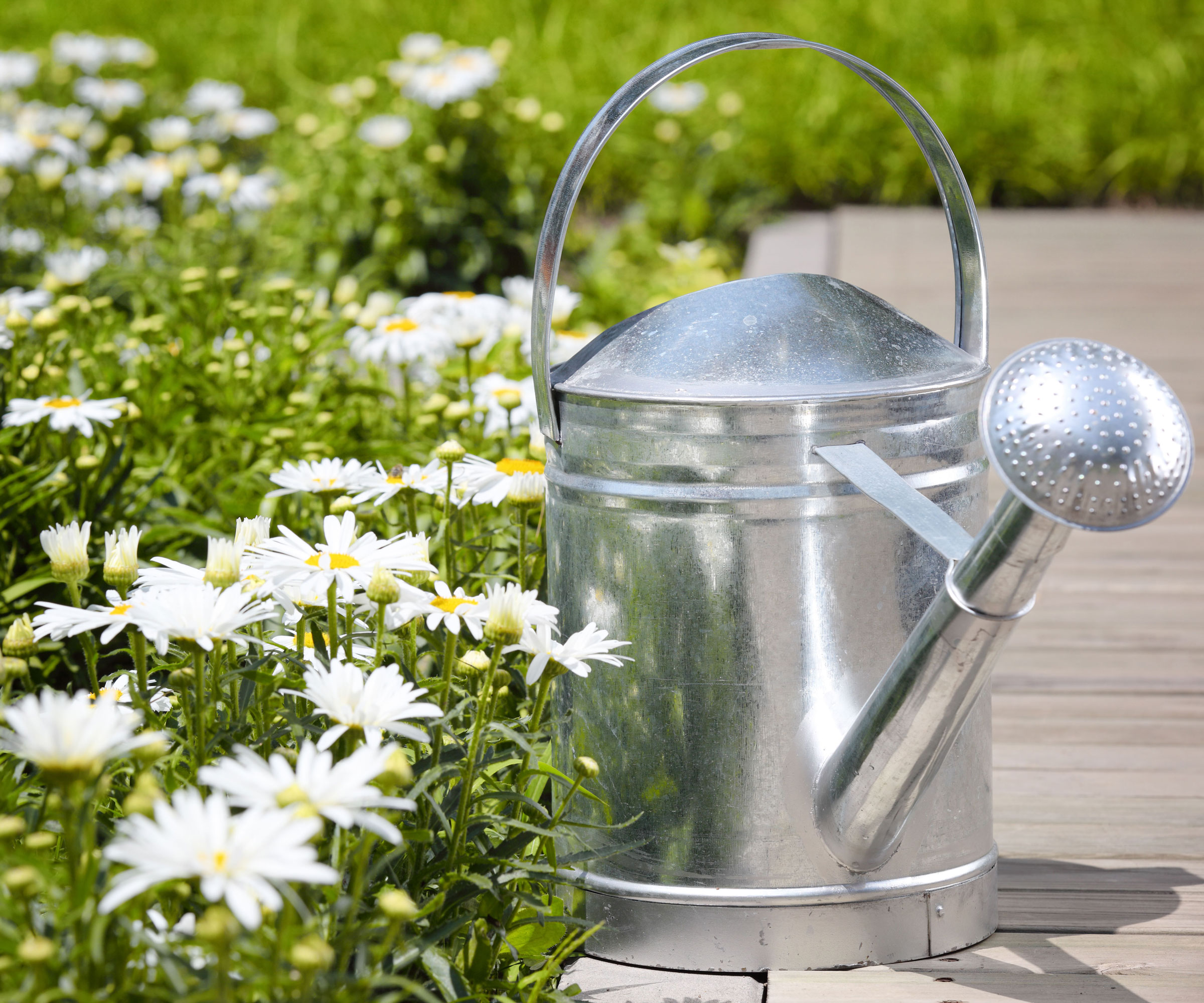
Make sure watering your flowerbeds isn’t allowing weeds to flourish. ‘Proper watering techniques play a crucial role in preventing weeds from thriving in your garden,’ says Susan Brandt. ‘Important considerations are the frequency and depth of watering. Surface watering encourages shallow root growth in plants, leaving space for weeds to take hold. Deep watering promotes deep root development, which is desirable as it makes it more difficult for weeds to get established.
‘Drip irrigation or soaker hoses are wonderful to use in your garden. These methods deliver water directly to the roots of your plants while minimizing water waste and reducing weed germination. By avoiding overhead sprinklers that spray water indiscriminately, you can prevent weed seeds from being dispersed throughout your garden.
‘Another consideration is the time of day you water your plants. Watering during early morning hours allows plants to absorb moisture without prolonged periods of dampness that can promote weed germination and growth. Try to avoid evening or nighttime watering, as this will prevent excess moisture on plant surfaces overnight which creates favorable conditions for weed development.’
5. Brush up your weeding technique
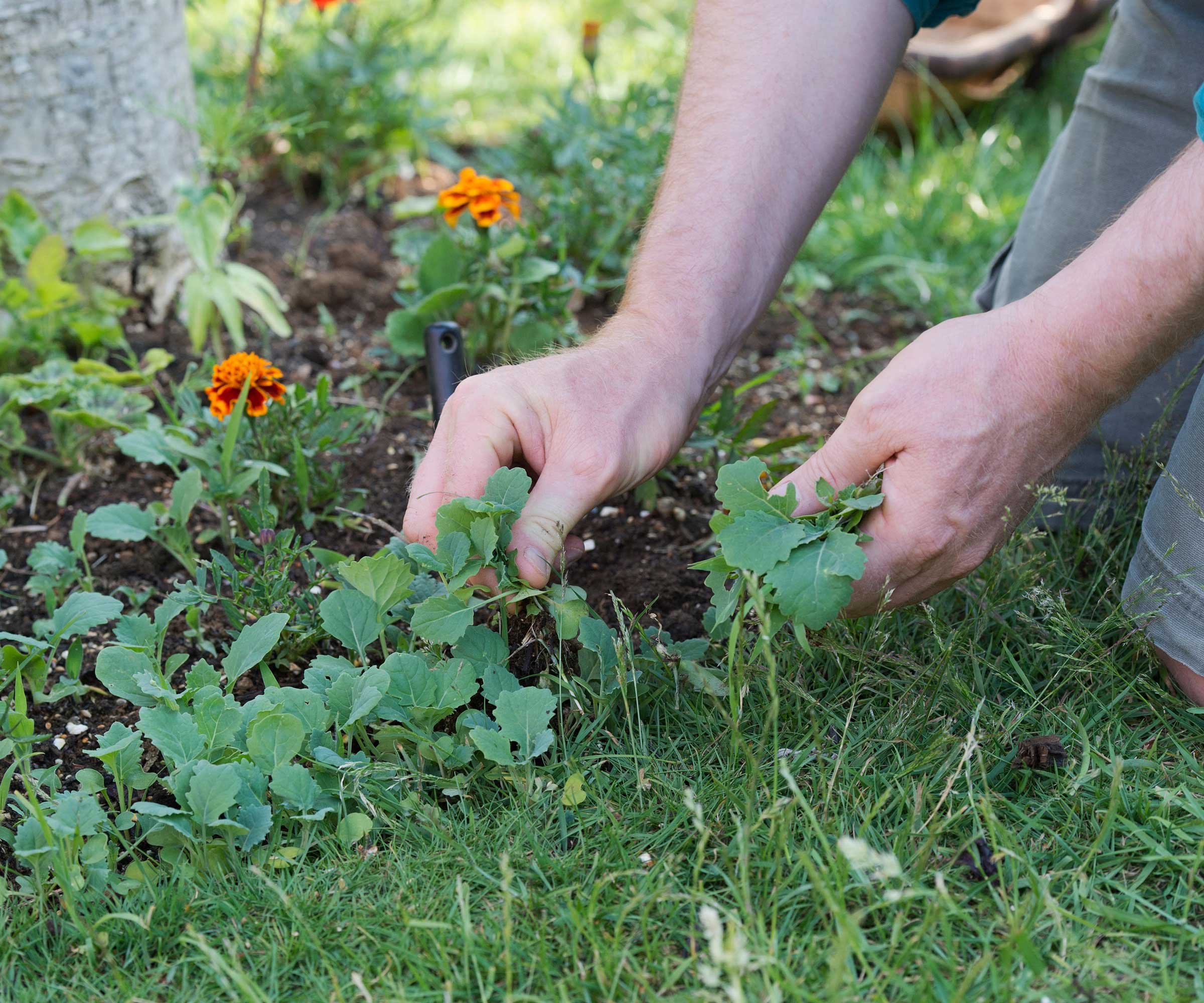
Keep weeds out with the expert’s weeding technique. ‘I would mulch before planting and then remove any emerging weeds by hand,’ says Steve Bradley. ‘If the area can’t be mulched, shallow hoeing is very effective, but it must be shallow to avoid exposing too many new, dormant seeds.
‘The most important consideration is to deal with a weed before it can flower and remove the root as well as the top,’ he says. ‘Hence the old saying, “One year’s seeds means seven years’ weeds.”’
FAQs
What is the best thing to kill weeds in flowerbeds?
Weeding by hand is the best way to kill weeds in flowerbeds. You could alternatively hoe but make sure you don’t hoe deeply or you could end up with more weeds. Our advice is not to use weed killers for the job – especially if you have kids or companion animals – since it keeps the level of extra chemicals in the environment down. However, if using weed killers is your preference, always be sure your chosen product is suitable for use in flowerbeds. You will also need to follow instructions carefully and protect the plants you do want in the beds.
There’s plenty you can do to stop weeds from stealing water, nutrients, light, and space from the plants you do want to grow. Some can spread rapidly if they do make their home in flowerbeds, so be sure to take the necessary steps get rid of creeping Charlie if you spot this invader, and get rid of common chickweed, too.
Sign up to the Homes & Gardens newsletter
Design expertise in your inbox – from inspiring decorating ideas and beautiful celebrity homes to practical gardening advice and shopping round-ups.

Sarah is a freelance journalist and editor. Previously executive editor of Ideal Home, she’s specialized in interiors, property and gardens for over 20 years, and covers interior design, house design, gardens, and cleaning and organizing a home for Homes & Gardens. She’s written for websites, including Houzz, Channel 4’s flagship website, 4Homes, and Future’s T3; national newspapers, including The Guardian; and magazines including Future’s Country Homes & Interiors, Homebuilding & Renovating, Period Living, and Style at Home, as well as House Beautiful, Good Homes, Grand Designs, Homes & Antiques, LandLove and The English Home among others. It’s no big surprise that she likes to put what she writes about into practice, and is a serial house renovator.
-
 Do you need to turn the lights off when you leave a room? Experts have ended this time-honored debate once and for all
Do you need to turn the lights off when you leave a room? Experts have ended this time-honored debate once and for allOn or off? We delve into the details of this age-old dispute
By Chiana Dickson
-
 This Tudor decorating technique brings a 'cocooning' feel to Jon Bon Jovi's living room – but designers warn you need to be brave to follow his example
This Tudor decorating technique brings a 'cocooning' feel to Jon Bon Jovi's living room – but designers warn you need to be brave to follow his exampleThe singer uses wood to design a room that feels 'welcoming and rich in materiality,' but this century-old method comes with a warning
By Megan Slack